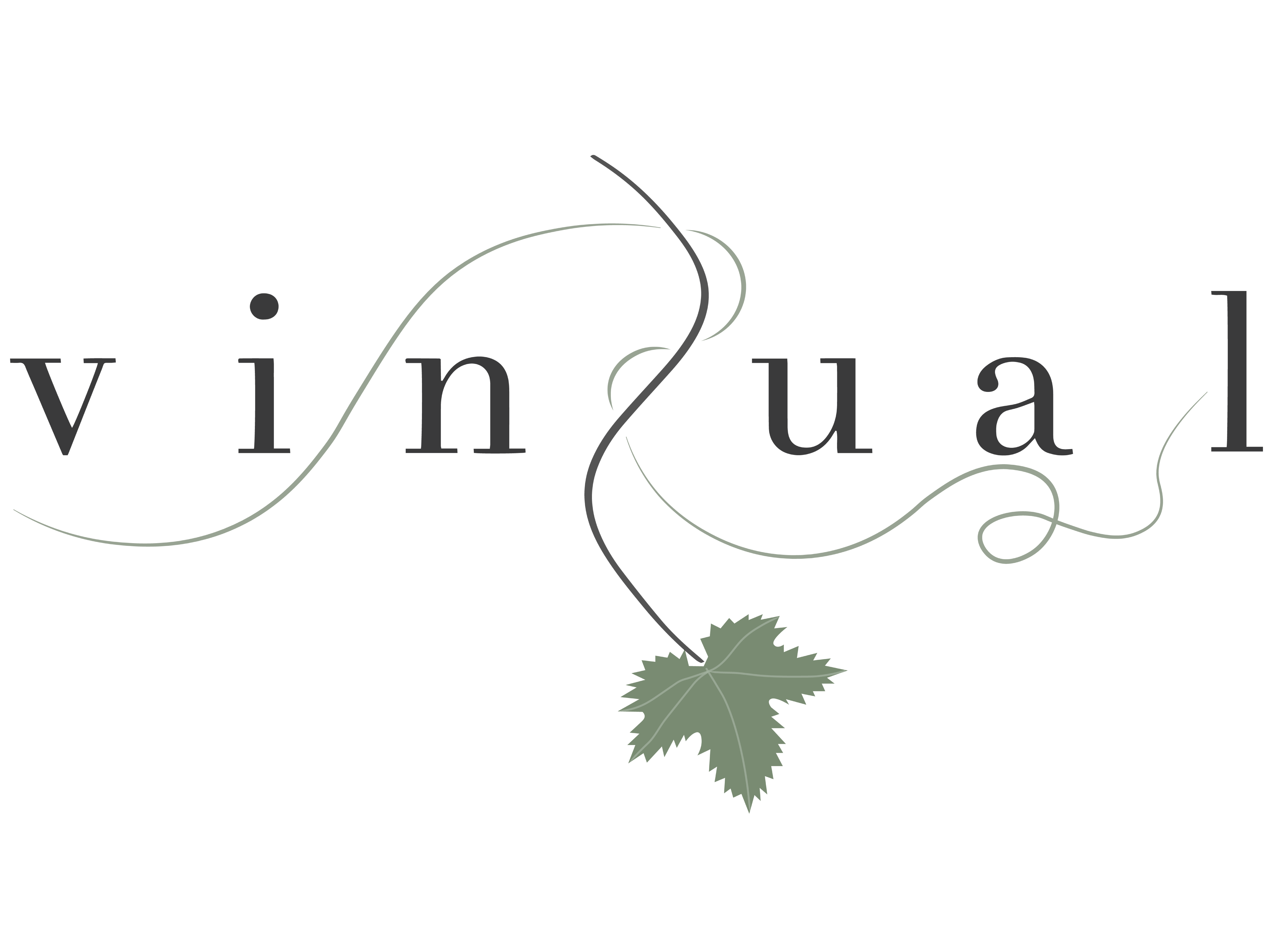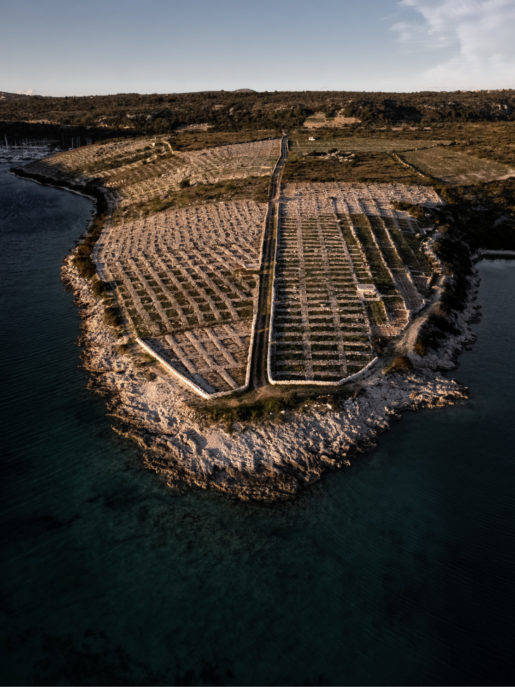Blending is probably the most artistic part of the winemaking. It is mostly done as a final step before the bottling, blending different wines after the maturation, but it can also be done earlier in the production. That means, before/during the fermentation or already in the vineyards. The winemakers make a bunch of decisions before bottling to produce a great wine that is unique in its style. Therefore, the blending is an important part where the winemakers organoleptic and sensory creativity as well as judgment and evaluation of the vineyard come to light.
Note the difference between the blending and co-fermenting. (The co-fermenting is the vine growing and winemaking technique where different grape varieties of a specific vineyard area, no matter the individual ripeness, are all harvested and fermented together.)
Why?
When you think about it, the best known wine regions, where blending presents the vital role, are Bordeaux and Champagne. Note that in the latter, blending refers to as “assemblage”.
Bordeaux has a moderate maritime and Champagne has a cool continental climate. What do they have in common? The risky cooling effects, either from the ocean, or the northern latitude and high continentality. This means the two regions are highly susceptible to vintage variations, which can lead to inconsistency. You can guess, the inconsistency in the wine industry is generally not what people seek for. The consumer, who gets used to a specific wine, wants to taste the same wine and be in the same place with it each time he makes a purchase. Therefore, the first “why” goes to gaining CONSISTENCY.
Secondly, the BALANCE, which in fact should be the first when talking about the importance of the final product. Balance suggests the relationship between different components of wine—acidity, tannins, alcohol levels, flavor intensity, but also the finish and body. If the ripeness of the grapes in time of harvest isn’t right, the balance itself is already compromised, so it takes a master that can make a multilayered masterpiece and make the flaw become just a small stimulative coincidence.
In general, blends are usually more complex and flavorful as different varieties brings different components to the wine, so COMPLEXITY takes the third “why”.
The importance and awareness of the terroir is a must, as that is where the uniqueness of the wine comes from. The uniqueness should stand along with the balance and complexity to represent the final sensory satisfaction.
Blending should not be misused. The importance and awareness of the terroir is a must, as that is where the uniqueness of the wine comes from. The uniqueness should stand along with the balance and complexity to represent the final sensory satisfaction.
What is in a blend?
Most wines are actually blends, even if they are not made from two or more different grape varieties. Let’s check why!
BLENDING DIFFERENT GRAPE VARIETIES
There are thousands of different grape varieties, but only a dozen of them gained respectable reputation for the vine growing across the globe. Each of these have their own unique characteristics and are, accordingly, being grown in different wine regions. Some of them were found to work great with one another and have established a lifetime blending bond.
For example, in champagne production, there are 3 main grape varieties—Chardonnay, Pinot Noir and Pinot Meunier. In the blend, Chardonnay will bring the freshness by virtue of its great acidity, but may lack of the structure and aftertaste. This will be adjusted by blending in the more structured, powerful and more lasting Pinot Noir that provides the red fruit flavours. Lastly, Pinot Meunier heats up the game by bringing the fruitiness and sensation of sweetness to the wine.
These are a few other widely known blends;
- Bordeaux (Cabernet Sauvignon, Merlot, Cabernet Franc, Petit Verdot, Malbec)
- Red Rhône (GSM blend) (Grenache, Syrah, Mourvédre, Cinsault and others)
- Chianti (>70% Sangiovese, Cabernet Sauvignon, Cabernet Franc and others)
- Rioja (Tempranillo, Mazuelo, Graciano)
- Super Tuscan (Merlot, Cabernet Sauvignon, Cabernet Franc, Syrah, Sangiovese)
- Port (Touriga Nacional, Touriga Franca, Tinta Roriz, Tinta Cào, Tinta Barroca)
- Soave (Garganega, Trebbiano)
- White Bordeaux (Sauvignon blanc, Semillon, Muscadelle)
- White Rhône (Marsanne, Rousanne, Viognier, Clairette, Bourbulenc, Grenache blanc, Picpoul, Muscat)
- Red Bourgogne (Pinot Noir, Gamay)
BLENDING THE WINES FROM DIFFERENT VINEYARDS
This option makes it a bit complex as it offers countless possibilities. If the winemaker owns several vineyard areas or plots, the vines will be growing on different soils and under different canopy management. The grapes will therefore differ both in health, concentration and sensory characteristics.
Blending across different vineyards and plots is a great option where the hail is a common hazard while it tends to be localized, so it only affects some vineyards. This means the overall quality of the wine can be improved by blending of unaffected vineyards.
BLENDING WINES OF DIFFERENT PICKING DATES
The process of grape’s maturation starts with veraison (hrv. šara). That is when, besides, the softening and color changing of the berries, sugars, pH, and varietal flavor compounds starts to increase while the acidity decreases. That said, by choosing different picking dates, the winemaker has few different options to work his final blend with.
Riesling, for example, has the ability to retain the acidity long into the late autumn. This allows the winemaker to have several picking dates, and produce different styles of wine in a wide range of sweetness levels.
BLENDING ACROSS THE VINTAGES
Not every year is the same, not every vintage is as successful. Everyone knows how climate and weather are tricky, and the very cool climates like already mentioned, Champagne, is extremely sensitive during the growing season. Therefore, in at least, challenging year, blending across the vintages is vital in its production.
The reserve wines will add tertiary aromas of honey and complexity to the blend. You can notice that some non-vintage champagnes shows the percentage and the vintage of the reserve wine, which is delightful.
BLENDING WINES FROM DIFFERENT BARRELS
Blending the wines from different barrels or/and other maturation vessels like stainless steel tanks, concrete eggs, clay vessels, etc. creates a whole new layering dimension. If there were to be a hundred of barrels, there would be a hundred of different wines as well. Depending on the winery and their goals, this can last for a long time!
Sounds like fun, right?




